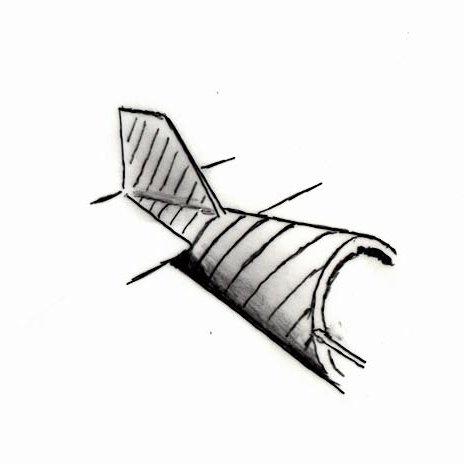
....continued |
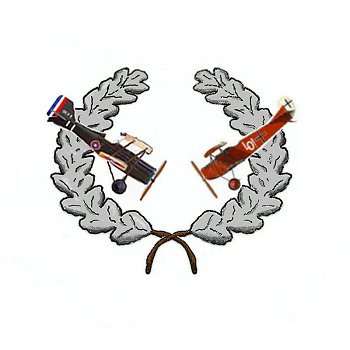
Aircraft Design and Construction.......... |
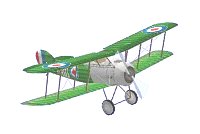
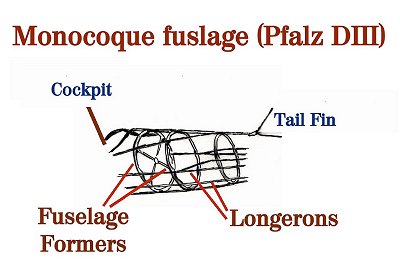
Aircraft Design and Construction |
WW I aircraft were of two basic design layouts, the box girder type and the monocoque (or semi-monocoque) type. Innovations were limited to the construction materials available, and the quality of machining available at that time. Wood was the primary material, with spruce in the highest demand (the war caused an immediate shortage of spruce). However, ash and birch were also used. |
In the monocoque structure (such as the German Pfalz D.III here illustrated), the fuselage was designed to be a strong shell. Longerons and formers were used to frame the fuselage, and then it was covered with strips of plywood (usually 3-ply) which were carefully formed around the frame. This construction method, though of high quality (the reason for the Pfalz's strong airframe), was time consuming and costly. The plywood was then usually covered with doped fabric. |
The basic box girder type used wire stays to enhance the strength of the fuselage, or in the case of Fokker aircraft, were of welded steel tubing. The fuselage used formers and longerons like the monocoque type, but instead of plywood was covered with doped fabric. The section of the Se-5a illustrated shows the rear half of the fuselage (with the cockpit area to the right). |
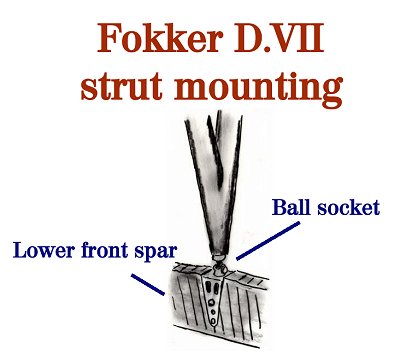
Strut mountings varied widely from one aircraft to another. However, they did have several items in common. First, they were invariably attached to the wing spars, and not the ribs (though there may be one or two out there with attachments to ribs). Second, they were attached in such a way as to provide flexibility to the wing. Some attachments used ball sockets allowing the joint to move considerably. Because of this, one could actually go up to the machine, take hold of the wing tip, and shake the wing around. At first glance such a layout would seem to imply weakness to the structure, but the flexing helped to distribute the stress along the length of the spars, actually enhancing strength. |
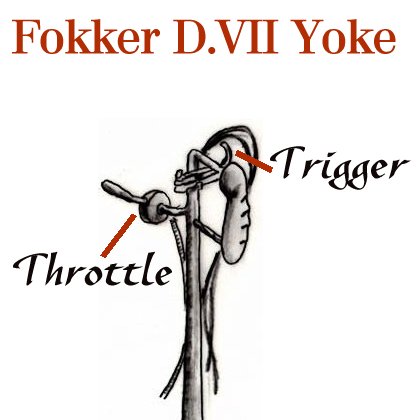
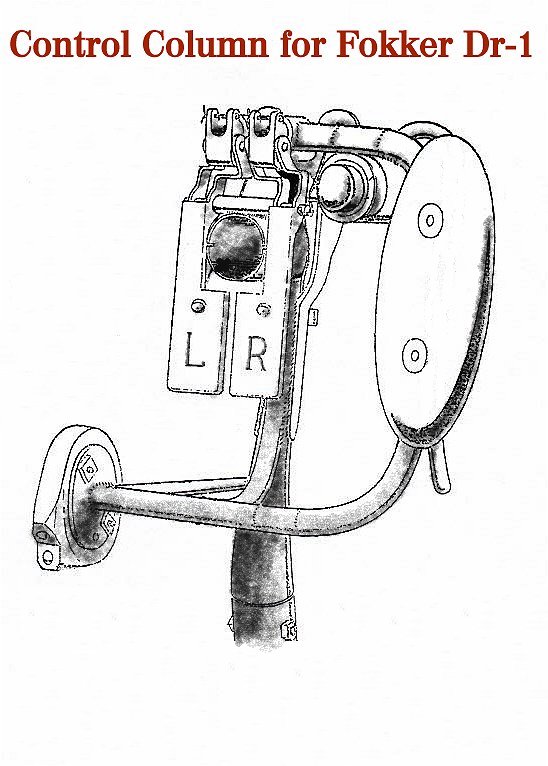
Control yokes varied widely as well, with some planes even having steering wheels. However, the common image of the joystick is somewhat different compared to what they really were. They were usually very crude, and some had no controls on them at all. It took the British awhile to actually place the machinegun trigger on the control column, forcing pilots to reach up to pull a trigger lever behind the gun. The Germans often had two triggers on the column, one for each gun. This was the case in the Fokker Dr-1 Triplane, the Albatros D.V, and the Pfalz D.III (the image of George Peppard pulling a trigger lever in The Blue Max is inaccurate). However, the Fokker D.VII went to a single trigger system, which was a small finger-shaped half ring. Some had the throttle on the columns, others did not. Some early planes didn't even have throttles, requiring the pilot to use the spark advance to adjust engine power. |